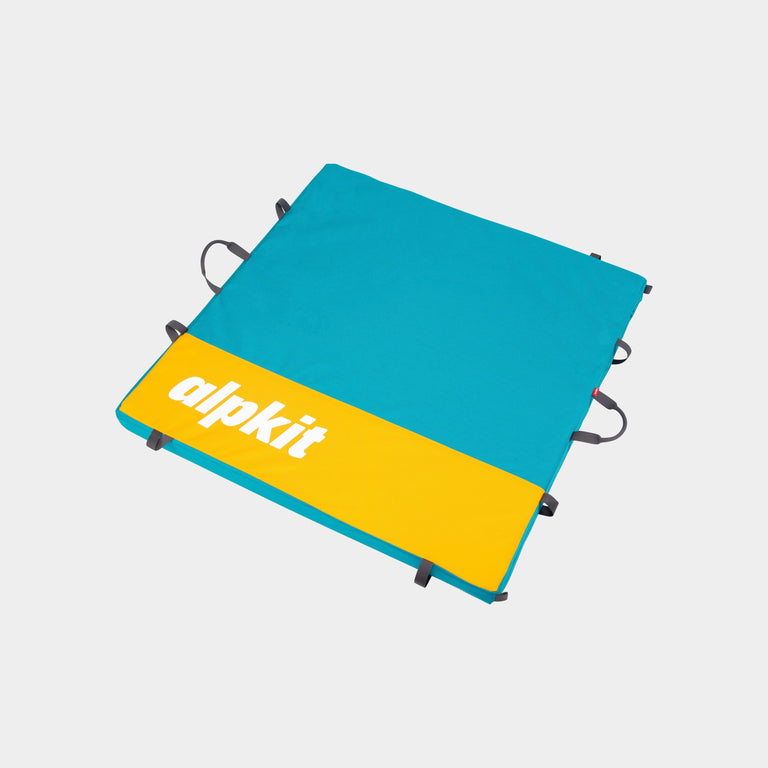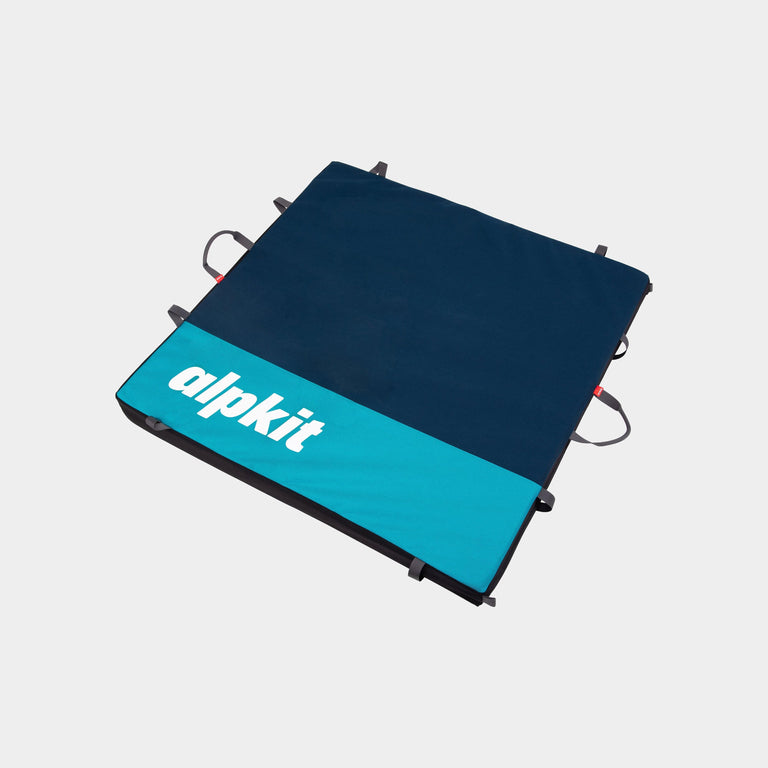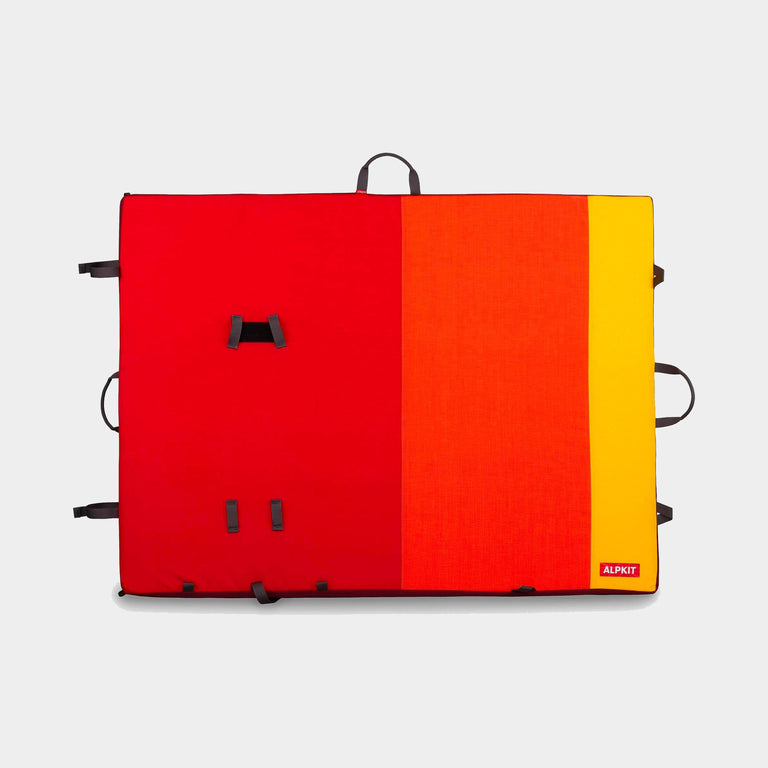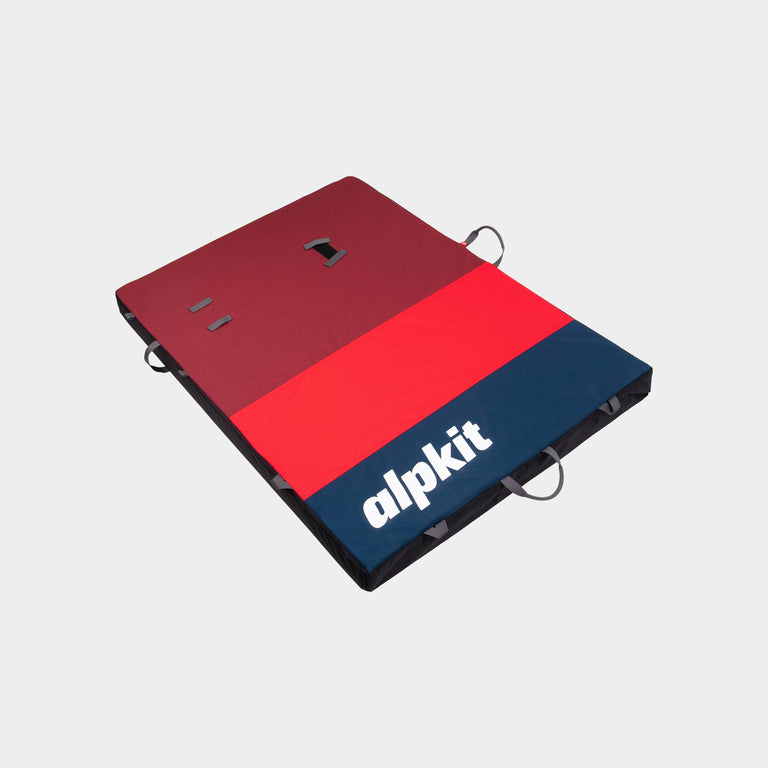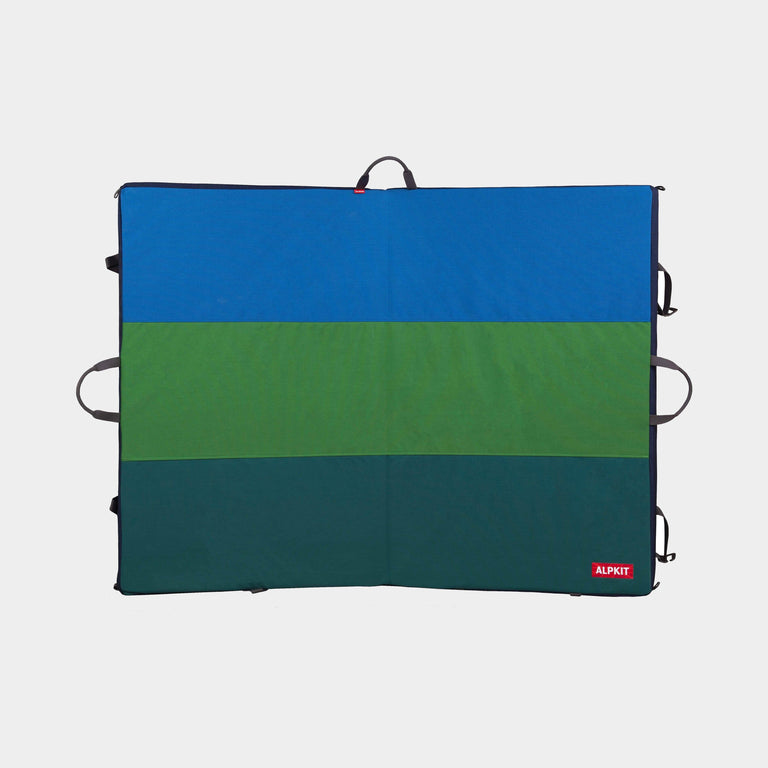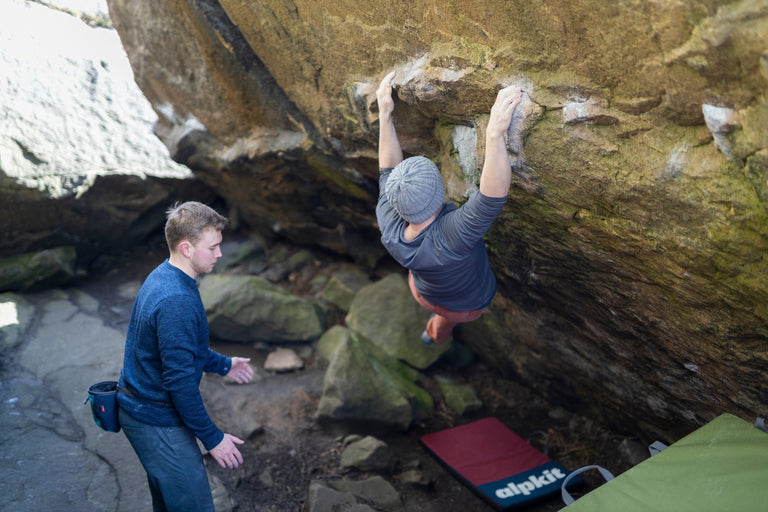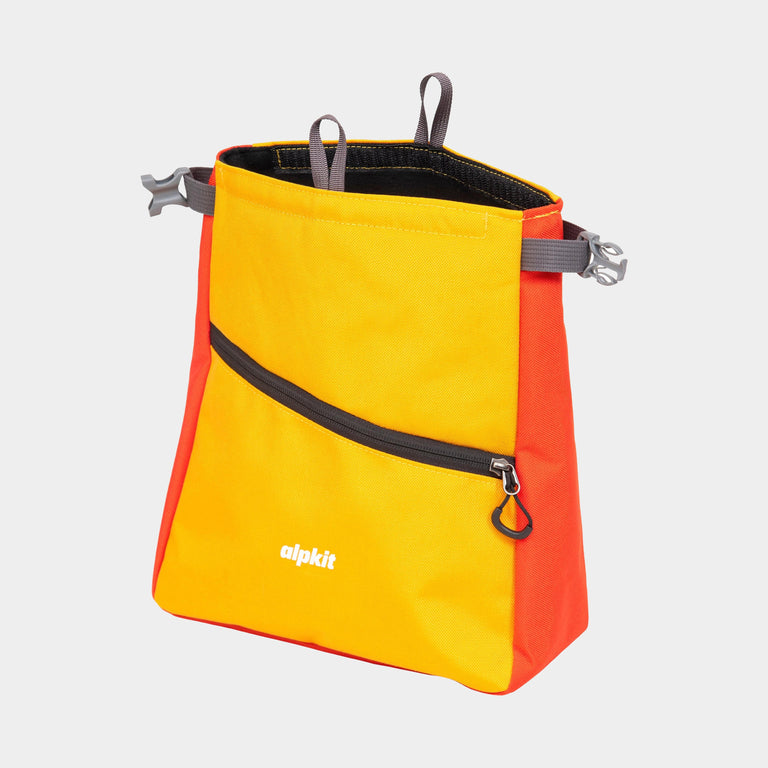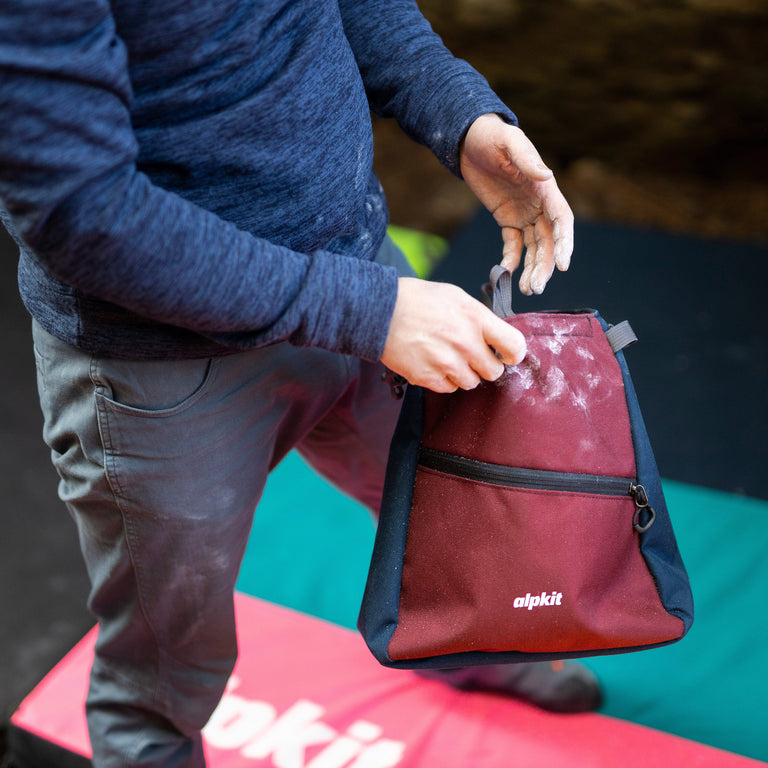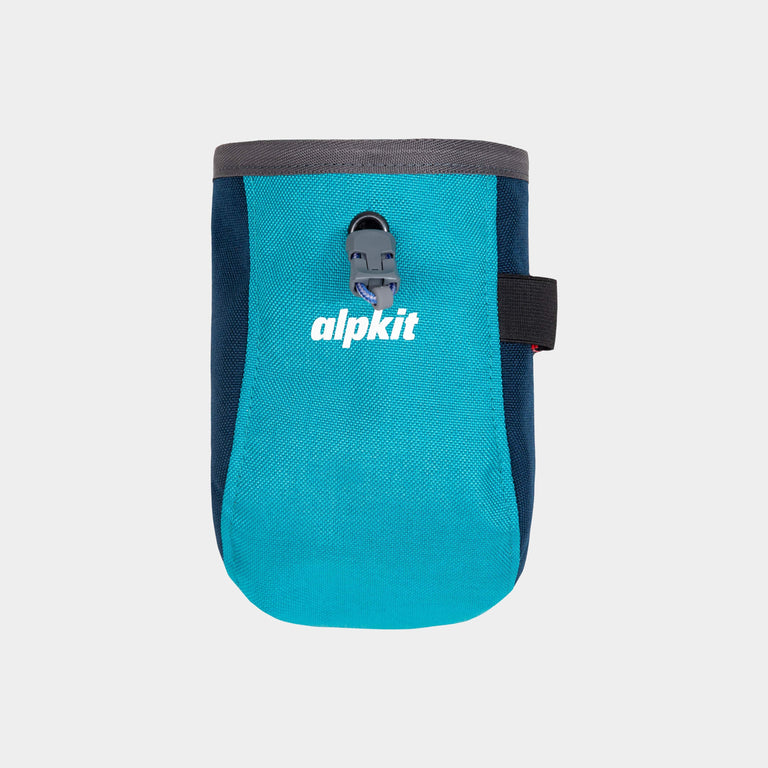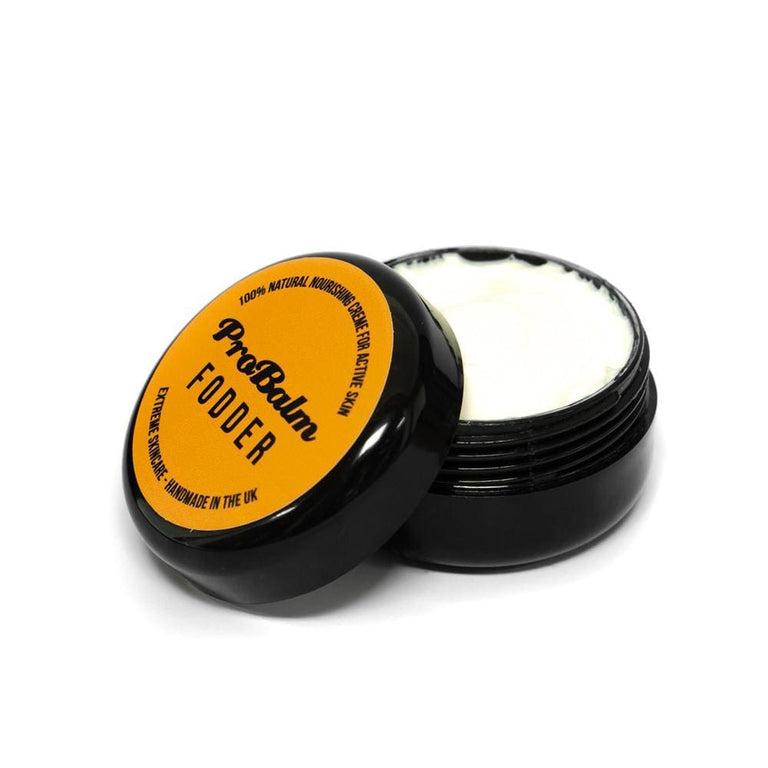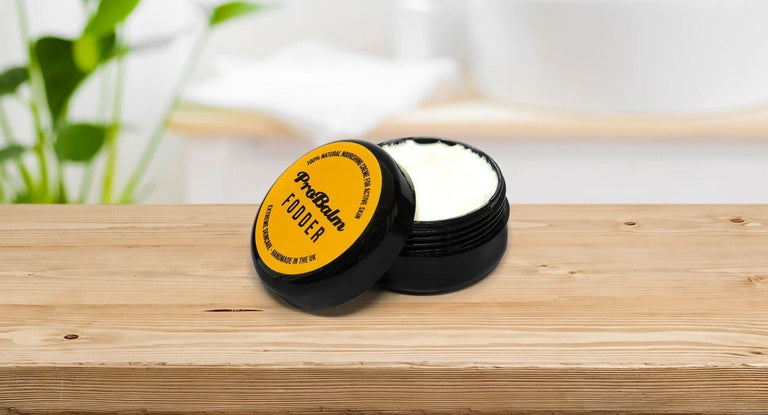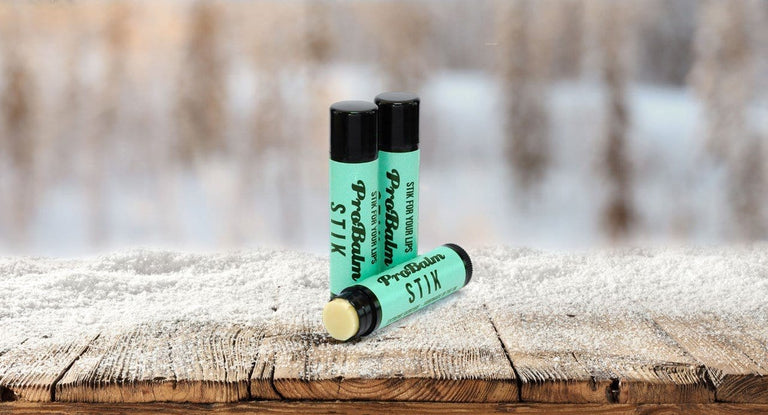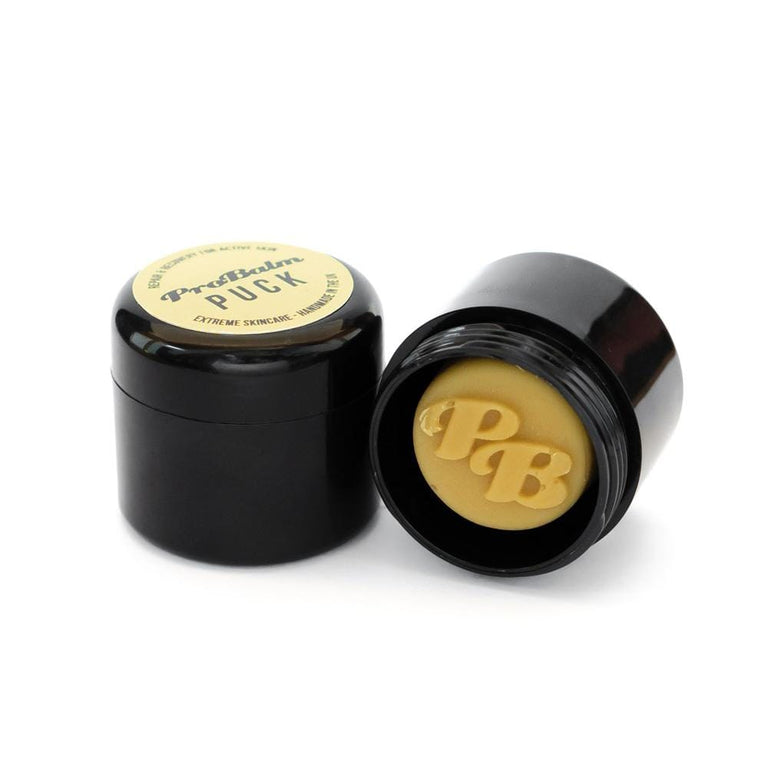
The Mountain Path by Paul Pritchard: Reflections on mountaineering and life's journey.
You're reading an extract from 'The Mountain Path' by Paul Pritchard. Available to pre-order here.
"Eggshell ice. That’s what climbers call the brittle skin that encases a soft inner core of snow on a mountain. It spells danger if you mistakenly venture into its fragile midst. Depending on the steepness, it can be lethal. In the mountains of Scotland it is usually formed by storms plastering snow against a frozen waterfall, followed by water spray on the snow combined with a rapid freeze–thaw cycle. This sequence forms a hollow eggshell that insulates the interior of the icefall, with ice becoming gas without going through this liquid stage. This process of sublimation turns the whole structure into something precarious and fragile, like a rotten ladder, and just as unreliable.
While climbing a frozen waterfall called Centre Post Direct on the Scottish Highland mountain of Creag Meagaidh (pronounced Creg Meggie), I slammed my axe into a patch of this awful stuff. Crashing through the fragile shell, I found only soft, flyaway powder behind it. I made a hole deep enough to swallow my entire arm up to the pit. No sign of any solid ice. I tried clutching the axe-head so the shaft effectively lengthened my arm by another forearm. No luck. I still couldn’t find anything of substance. I tried again, this time with both arms: a kind of Transformer front crawl, inching upward using my armpits as substitute hands. My crampons were balanced on the shell, but when I attempted to lift my left boot, my right boot cracked through the ice and sank an inch with a sickening crunch. Things could fall apart here. My feet were tingling painfully as adrenaline forced my blood to my core, and I was forced to abandon any attempt at upward progress.
I had placed two ice screws, twenty-centimetre Polish aircraft-grade titanium tubes that I’d acquired from Sean Smith, who had visited on a British Mountaineering Council exchange. One was in the gully about five metres diagonally up and right from Robert and Nick, my rope-mates. The other screw, in the last of the decent ice, was now about twenty metres below me, under a bulge, and therefore out of sight. Looking down, I saw I’d dug a sort of vertical trench up the frozen cliff, swimming against the current of gravity. I also realised I couldn’t go on like this, and made the tentative decision to climb down, even though down-climbing steep ice is never easy and the downfall’s fragile state made the prospect all the more speculative.
Knowing you are about to fall is a curious feeling. You are still on the climb, not in pain, still thinking and working out your next move. But I knew I was going to fall. The whole process had an inevitability about it, but you can’t really just throw yourself off the cliff face. So in an effort to shorten the plummet, I instinctively made three retreating moves closer to my last protection. Then, by degrees, I parted company with Creag Meagaidh: first my left boot ground down several inches of the eggshell, forcing the burden of personal preservation on to my arms, which, though in up to the pits, simply did not have enough purchase to prevent me from losing all contact with the mountain.
I screamed, more to alert my companions than out of fear, and then embarked on my voyage through space and time. Like most dedicated climbers I know, I’ve taken a lot of falls – it’s part of the territory – and the one thing the longer plummets have in common is that they always seem to take place in a time warp. When one is engaged in the act of falling it seems an eternity, but when one stops it is an instant: a curious and not altogether unpleasant sensation.
The first thing I recall is my ice hammer slowly coming towards my face and hitting me in the eye. Later, after the Lochaber Mountain Rescue Team had me flown to Fort William hospital, X-rays showed that the hammer had fractured the frontal bone of my skull and orbit of my right eye. Looking in the mirror I discovered my fiery red haemorrhaging eyeball, like the robot from Terminator.
My next memory is the crampon spikes of my right boot catching the slope as I struck a less steep portion of the gully: that fractured the medial malleolus in my ankle. Then the cartwheeling began, like the chariot race in Ben-Hur, all fast-spinning metal spikes, down towards the burn at the base of Glen Spean.
The rope finally came tight more than fifty metres below where I’d started my whirlwind ride a few seconds before. All was silence as I crossed the finish line, with agony coming in a close second. As I lay doubled over backwards across my waist belt, I realised that the mountain had been using me as a human yoyo on the end of a very thin and stretchy 8.8-millimetre rope. An X-ray of my back showed four out of my five lumbar vertebrae had been crushed in the fall. Altogether, only six bones broken. I had got off lightly for such a huge plunge.
My fellow guide Nick Kekus came to my aid. He fixed an anchor to the sidewall of the gully and began lowering me on a rope. I struggled to breathe as my injured back magnified every tiny protuberance I scraped across, even though he performed this operation as gingerly as possible. Finally I was slumped at the base of the wintery mountain face. Nick then abseiled down and pulled the ropes. I lay on the hard, icy ground as darkness gathered, waiting for the Lochaber crew and their big yellow helicopter. I remained there, wracked in my delirium, as each breath filled my lungs and pressed my fractured spine into the frozen ground. The night was full and dark and clear, and I became lost amongst the stars of the Cygnus Arm of our very own Milky Way.
The helicopter landed. Five burly Scots clambered out and began silently moving around me, their condensing breath billowing in the light of their headlamps. There were gruff Scottish grunts and as they slid me on to the stretcher one of the silhouetted figures tutted: ‘What ha’ yer done to yersen this time, Paul, yer bampot?’ I think I knew him but the combination of being delirious with pain and blinded by his head torch meant I couldn’t respond with my customary humour.
This particular mishap was the second of three very much life threatening accidents that I suffered in a six-year period. The first was a thirty-metre fall into the sea in Wales, when I effectively drowned, having been underwater for ten minutes. More of that later. The final serious accident was in Tasmania on the Totem Pole. All three of these calamities were completely avoidable: If only I had not taken any risks . If only I had stayed sitting safe on the couch . If only I had not chosen to lead this kind of life . But I had. I suffered much during each of those misadventures, so much so that I now consider myself to be somewhat of an expert on the subject of pain.
It probably sounds as if I’m either unlucky, or someone you would not want to tie on to a rope with. On the other hand, the list of highly proficient climbers who have fallen is a long one. It can be a fine line between clinging on successfully with your fingertips miles above your last piece of protection and making one tiny mistake that smashes you up. And when one operates on that fine line, accidents are bound to happen occasionally. That’s the reality of climbing.
Some of the most proficient climbers of all time have died doing what they love: Wanda Rutkiewicz, John Bachar, Anatoli Boukreev, Alison Hargreaves. So, while I would not wish a broken back, broken limbs, several skull fractures, an acquired brain injury, hemiplegia, post-traumatic epilepsy, aphasia, dysphasia and facial agnosia on anyone, now these things have happened to me, it seems the best course of action, if, in every way, I accept them; if I learn from them what I can, and move gloriously, albeit slowly, forward. This I consider the best course of action for all of us when misfortune occurs.
Over the years I have found that this acceptance has given me the necessary resolve to face life’s vicissitudes with courage and grace. I have seen through direct experience that we can learn much through our individual misfortunes. When the worst happens, it is not the end. It is a beginning.
Furthermore, I now understand that physical pain and mental anguish are but two sides of the same coin. They both have the same root cause, the same neural signatures. In a study conducted in 2013 at the University of British Columbia, people experiencing despair and existential dread took paracetamol and reported feeling better. Of course, I’m not condoning taking painkillers to avoid those things that makes us human, the wellspring of all great art and philosophy. No, it is simply to point out that physical pain is also an emotional, subjective experience.
When, because of my disabilities, I go careering off a steep mountain path and bust my face up on the rocks, and twist my arm painfully, and cut my hand, I don’t only feel pain. At the same time I am disappointed in myself and momentarily angry at the situation. The crisis amplifies itself. However, as time goes by, I am learning not to be so reactive. Though pain and grief will strike everyone sooner or later, a person has to be given the space to feel what they feel. Everyone is going to come unstuck at some point in life. Everyone is going to have a worst day. It is how we react to that pain when it happens that makes the difference. Our relationship to pain determines how much we suffer.
I have said it before, many times: the accident on the Totem Pole was the best thing that ever happened to me. Many people find this difficult to believe. ‘How can becoming a hemiplegic epileptic with speech and memory difficulties be the best thing that ever happened to you?’ I am asked this all the time when I give my presentations.
I don’t mean in a simple Sliding Doors alternative reality either: that if the rock had not landed on my head, I would not have moved to Tasmania and married my nurse and ex-partner Jane, who bore us two beautiful children, Cadi and Eli. No: much more than this.
My experience on the Totem Pole taught me to be unwavering in the face of difficulty and hardship. It taught me the importance of total acceptance of the way things are, at this moment. The more we can accept the pain, be it physical or emotional, the more we understand that it will pass. Nothing is fixed and unchanging, from the pain in our bodies or minds to our existence as a physical body, which will, sooner or later, go back to the earth. This even goes for the seemingly permanent rocks of The Mountain, which are in a continuous process of erosion. Everything comes and goes; impermanence is the natural law, the way of the universe. And everything means everything, including mental conditions such as pain and pleasure, which are nothing but constructs of the mind."

